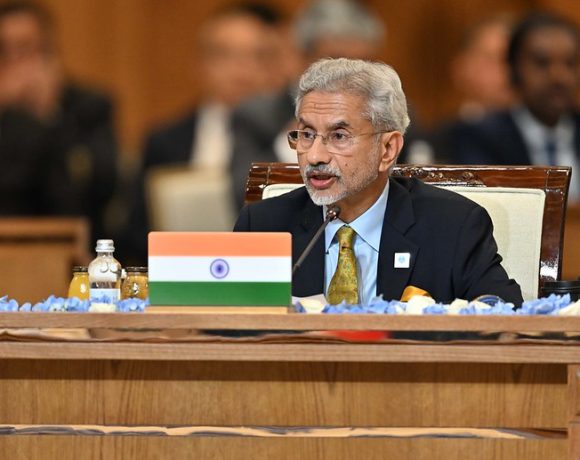
India Aims to Boost Electronics Sector with Indigenous Software Design
India is taking a significant step toward completing its electronics manufacturing ecosystem by making indigenous software design the next national target. Following the successful rollout of incentive schemes for electronics hardware and component manufacturing, the government now aims to develop and integrate software solutions domestically, completing the value chain from raw materials to final applications.
Comprehensive Integration in Electronics Manufacturing
The push for software design comes in the wake of a broader initiative to encourage the production of electronic components such as passive elements and sub-assemblies. By adding software to the mix, India seeks to ensure full backward and forward integration within its electronics ecosystem—covering not only hardware and materials but also the operating systems and embedded software that drive them.
Transforming India into an Electronics System Design and Manufacturing Hub
India has already established itself as a smartphone manufacturing hub and has made considerable progress in producing IT hardware and semiconductors. The focus is now shifting toward high-value, high-skill segments like software design, which will position India as a complete Electronics System Design and Manufacturing (ESDM) destination. This transformation is aimed at increasing value addition within the country and reducing reliance on imported technologies.
Collaborative Efforts Between Academia and Industry
To achieve this ambitious objective, the government is emphasizing the need for strong collaboration between industry stakeholders and top academic institutions like the IITs. These partnerships are expected to drive innovation, build advanced capabilities in chip and systems software, and develop a robust pipeline of skilled professionals to support the sector.
Incentive Scheme to Propel Domestic Production
Complementing this software push is a newly announced ₹22,919 crore incentive scheme targeted at bolstering domestic production of critical electronic components. The scheme is expected to draw investments of ₹59,350 crore, support the creation of electronic goods worth ₹4.56 lakh crore, and generate close to 91,600 direct jobs over the next six years. The incentives are structured around employment generation, capital expenditure support, and R&D facilitation.
With these initiatives, India is positioning itself not just as an electronics manufacturing base, but as a global leader in end-to-end electronics systems and software design.


















